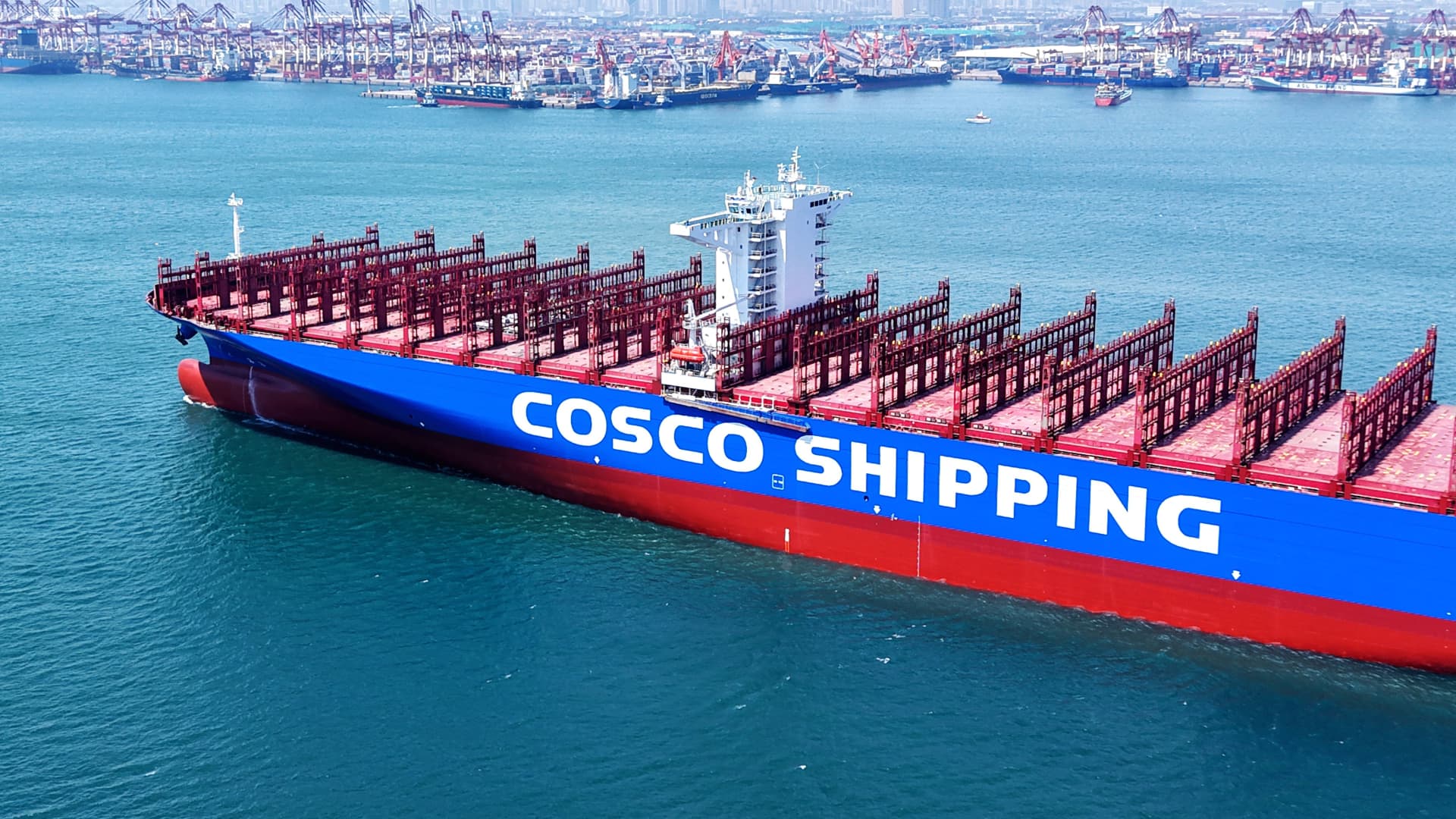“`markdown
The Ripple Effect: How Trump’s Tariffs Redefined Global Trade Dynamics
Trade policies rarely dominate headlines the way Donald Trump’s tariffs did during his second administration. Yet beneath the political soundbites lay a seismic shift in economic fundamentals—one that rewired supply chains, rattled markets, and forced a reckoning with the true cost of protectionism. This analysis unpacks the tangible consequences of these policies, revealing how tariffs meant to bolster domestic industries often backfired, leaving lasting scars on businesses and consumers alike.
A Tariff Regime Unlike Any Other
Trump’s second-term tariffs weren’t merely adjustments; they were a wholesale reinvention of U.S. trade policy. By 2024, the average tariff rate on imports soared to 25%, a level unseen since the Great Depression. The policies exempted only USMCA partners and select energy imports, leaving $405 billion in non-USMCA trade and $644 billion under Annex II tariffs exposed. This wasn’t tinkering—it was a sledgehammer to globalized commerce.
Key facets of the strategy included:
– Blanket Coverage: Unlike targeted tariffs on steel or aluminum in his first term, these levies hit nearly everything, from electronics to agricultural machinery.
– Retaliatory Triggers: The “reciprocal tariffs” framework automatically matched other nations’ duties, escalating tensions.
– Deadline-Driven Chaos: Importers raced against cutoff dates, creating artificial shortages and panic buying reminiscent of pandemic-era disruptions.
The Domino Effect: Trade, Markets, and Consumer Pain
1. Import Squeeze and Export Collapse
The tariffs acted as a regressive tax, disproportionately hurting small businesses and low-income households. While corporations absorbed some costs, consumer prices for everyday goods—from washing machines to bicycles—jumped 5–10% in 2025. Meanwhile, U.S. exports plummeted, especially in agriculture. Soybean farmers, for instance, faced a 22% drop in overseas sales as China shifted to Brazilian suppliers.
2. Market Turbulence and the “Tariff Tantrum”
Financial markets recoiled. The Dow’s 1,300-point plunge in April 2025 marked the worst single-day drop since the 2020 COVID crash. Even a temporary 90-day tariff “pause” only briefly calmed nerves; the S&P 500’s 9.5% rebound couldn’t mask underlying fragility. Bond yields spiked as investors questioned U.S. economic stability, while the dollar’s slump raised import costs further.
3. Global Retaliation and the Trade War Spiral
China’s retaliation was swift, hiking duties on U.S. goods to 125%. The EU imposed counter-tariffs on bourbon and motorcycles, and Japan threatened auto export restrictions. This tit-for-tat cycle erased $1.2 trillion in global trade volume by 2026, per IMF estimates. The auto sector was particularly battered: a 25% tariff on foreign vehicles led to plant closures in Tennessee and Ohio as manufacturers relocated to Mexico.
Sector-Specific Carnage
– Agriculture: Farm bankruptcies rose 18% in 2025 as export markets evaporated.
– Retail: Big-box stores warned of “permanent inflation” for electronics and apparel.
– Manufacturing: Input costs for steel and aluminum-dependent industries spiked 30%, eroding profits.
The Confidence Crisis
Trump’s 2024 campaign had leaned heavily on economic optimism, but by mid-2025, Pew reported a 45% plunge in consumer confidence. Small business owners voiced frustration: “We’re paying more to make less,” lamented a Wisconsin toolmaker. Even traditionally pro-tariff industries like steel faced headwinds as auto manufacturers slashed orders.
Lessons for the Future
The tariffs achieved some short-term goals—reshoring certain jobs, for example—but at a staggering cost. They exposed three hard truths:
Conclusion: Beyond the Trade War
Trump’s tariffs were more than a policy experiment—they were a stress test for globalization itself. While they highlighted legitimate grievances (like intellectual property theft), their blunt-force approach often hurt the very people they aimed to protect. The legacy? A world wary of U.S. trade unpredictability, industries forever altered, and a cautionary tale about the perils of economic isolationism. Moving forward, the challenge lies in crafting policies that balance competitiveness with cooperation, ensuring stability in an interconnected world.
“`











